What percentage of stroke patients make a full recovery?
Sep 05, 2024 By Korin Kashtan
Studies suggest that about 100,000 people each year suffer from stroke. However, how many people recover from it and what you can expect to suffer from after a stroke are some basic things to know.
The same is why we have formed this guide, which helps you know what percentage of stroke patients fully recover and how you can count yourself or your loved ones to be included in that percentage.
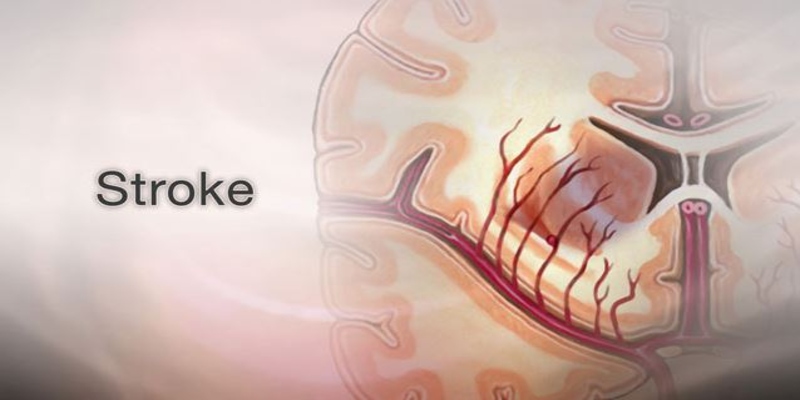
Your ultimate guide to stroke patients
What percentage of stroke patients make a full recovery
Suffering from stroke is one of the most depressing and devastating experiences one can get in life. It can cause permanent and irreversible damage to the brain, which can lead to long-term health issues, including cardiovascular diseases, weakness, etc.
Studies suggest that although 40% of the survivors recover with moderate to severe impairment, only 20% of stroke survivors can completely recover from it. Many others might also come back to life, but they develop sustainable health issues that don't go away with time.
In addition, many people recover over a period with intensive targeted issues, whereas functional recovery takes multiple years and decades. However, the lower percentage does not mean you should leave hope. It refers to taking extra precautions and investigating things that can positively influence stroke recovery.
How long is recovery?
The recovery time of a stroke differs from patient to patient, depending upon the condition and seriousness of the illness. The most rapid recovery process is 3 to 4 months in medical history.
Nevertheless, with annoying processes and treatments, including therapies and medications, stroke patients can recover and sustain results for a longer time.

Things that affect stroke recovery
As discussed earlier, some things can influence recovery, which causes you to become healthy fast. These include
- Age: If the patient is below the age of 35, the chances of stroke recovery are high. The reason is that the human body below the age of 35 has enough collagen and other minerals to form new cells. The same is why the recovery rate in young patients is higher than in their mid-40s or 50s.
- Early treatment: If the patient is taken to the hospital right after he suffers from a stroke, the chances of recovery are high because doctors can give treatment before the stroke has caused damage. However, as time passes, the chances of recovery decrease.
- Lifestyle: If the patient has a healthy lifestyle, such as eating a balanced diet, exercising, and having mental stress, it is most likely that they will return to normal life within a few months. However, if a person has struggled with mental and physical health in the past or has a good lifestyle, it might be difficult for them to recover fully.
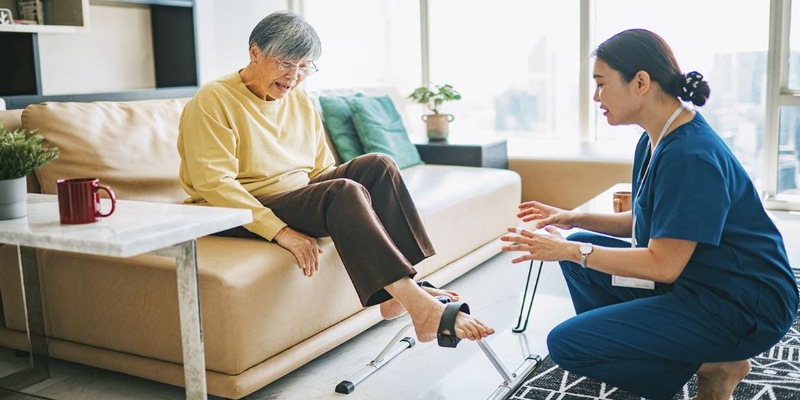
How to recover from stroke fast
Recovering from the stroke is dependent upon your willpower. If you adopt a positive mindset and implement these tips in life, you are highly likely to gain a full recovery from a stroke.
1. Mental strength
Mental strength is the first thing you need to recover from a stroke. You can attain it through attention to consistent performance. The repetition theory is usually used in such cases as it activates neuroplasticity- a system your brain uses for rewriting itself and enhancing work efficiency.
During this therapy, the patient is instructed to practice specific exercises for multiple hours each day, such as walking for 30 minutes, making a particular sketch, etc.
2. AFO and exercises
Stroke survivors usually have their legs affected, which makes it difficult for them to lift their feet. AFO, which stands for Ankle Foot Orthotics, is suggested in such cases. It is custom-made to support the shape of the patient.
If the survivor faces difficulty performing tasks with the foot, they are instructed to wear an AFO.In addition, the doctor might advise the patient to perform foot-drop exercises, which help to improve the gait. Common foot-dropping exercises include ankle dorsiflexion, adduction, and assisted toe raises.
3. Use application to improve speech
Speech is another commonly affected aspect of the stroke survivor. If the patient finds it difficult to say the usual words, you can use an app to assist them. Usually available for free on Google Play Store and App Store, these applications aim to improve user speech.
These have specific tongue twisters that clarify the speech and one-on-one text-to-voice speakers. Through this, the app displays some words on the screen that the user has to speak. The app listens to the speech carefully and then marks its incorrect aspect, instructing the speaker to say it correctly.
4. Passing through the plateau
The stroke patients recover robustly in the first 3 to 6 months. The phase of spontaneous recovery is when the brain's neuroplasticity is at its peak. However, as it declines, the progress starts to slow down.
The same is why, after 4 months, the patient might stop seeing significant progress and even lose hope in most cases. This frustrated phase is called the dreaded plateau.
If the patient has entered this phase, they must be given regular therapies to enhance the cognitive processes and sustain the results achieved as soon as possible.
5. Meditation
Mediation has proven to be a great tool for stroke survivors to recover fast. It might feel a bit uncomfortable initially because the practitioner is draining out all the negative energies and feelings accumulated during the recovery journey.
However, once these memories are drained, the patient gets peace of mind and long-term relaxation.
Conclusion
A stroke is one of the most painful and devastating experiences one can go through in life. While the percentage of people who fully recover from a stroke is nearly 20%, there are ways you can make yourself count in it, which we discussed in the guide. So, make sure to read the content carefully from start to end.
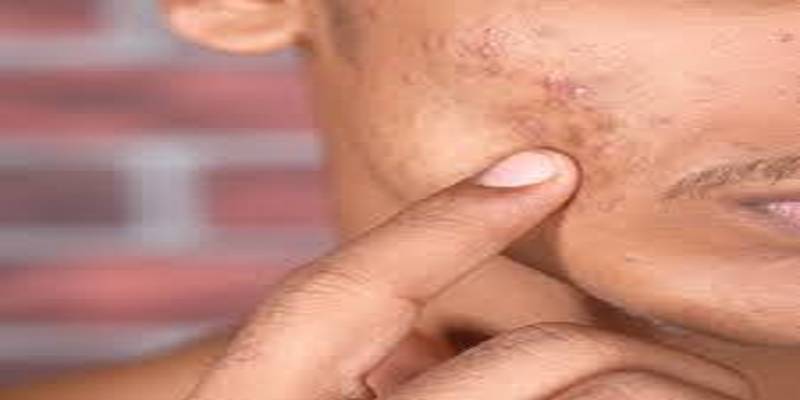
Top 15 Dermatologist-Recommended Products for Acne Scars

How Can Better Ankle Flexibility Improve Strength and Stability?

How to Do a Side Plank Safely and What Are Its Benefits

How long does it take to recover from a stroke

Serving up healthy, high quality and local food in Victorian public hospitals and aged care facilities
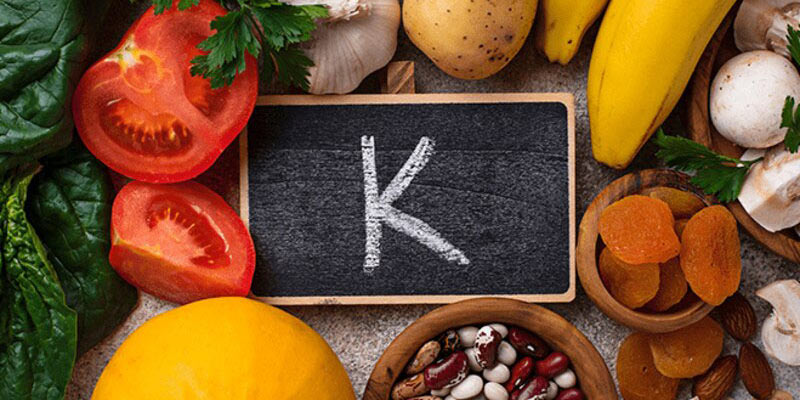
Understanding Vitamin K for Optimal Health
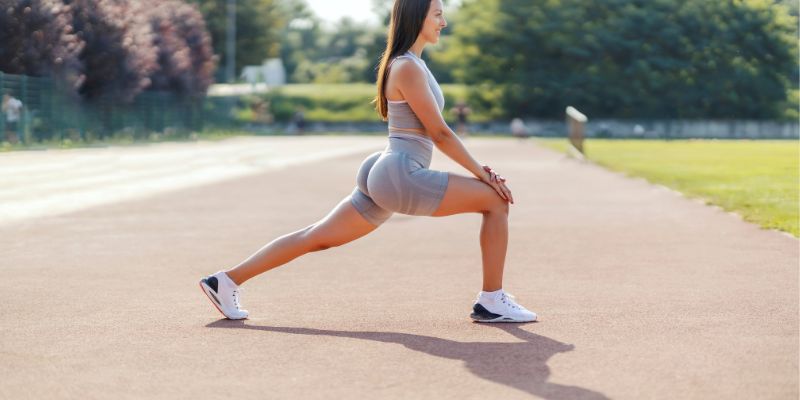
6 best stretching exercises for tight leg muscles


